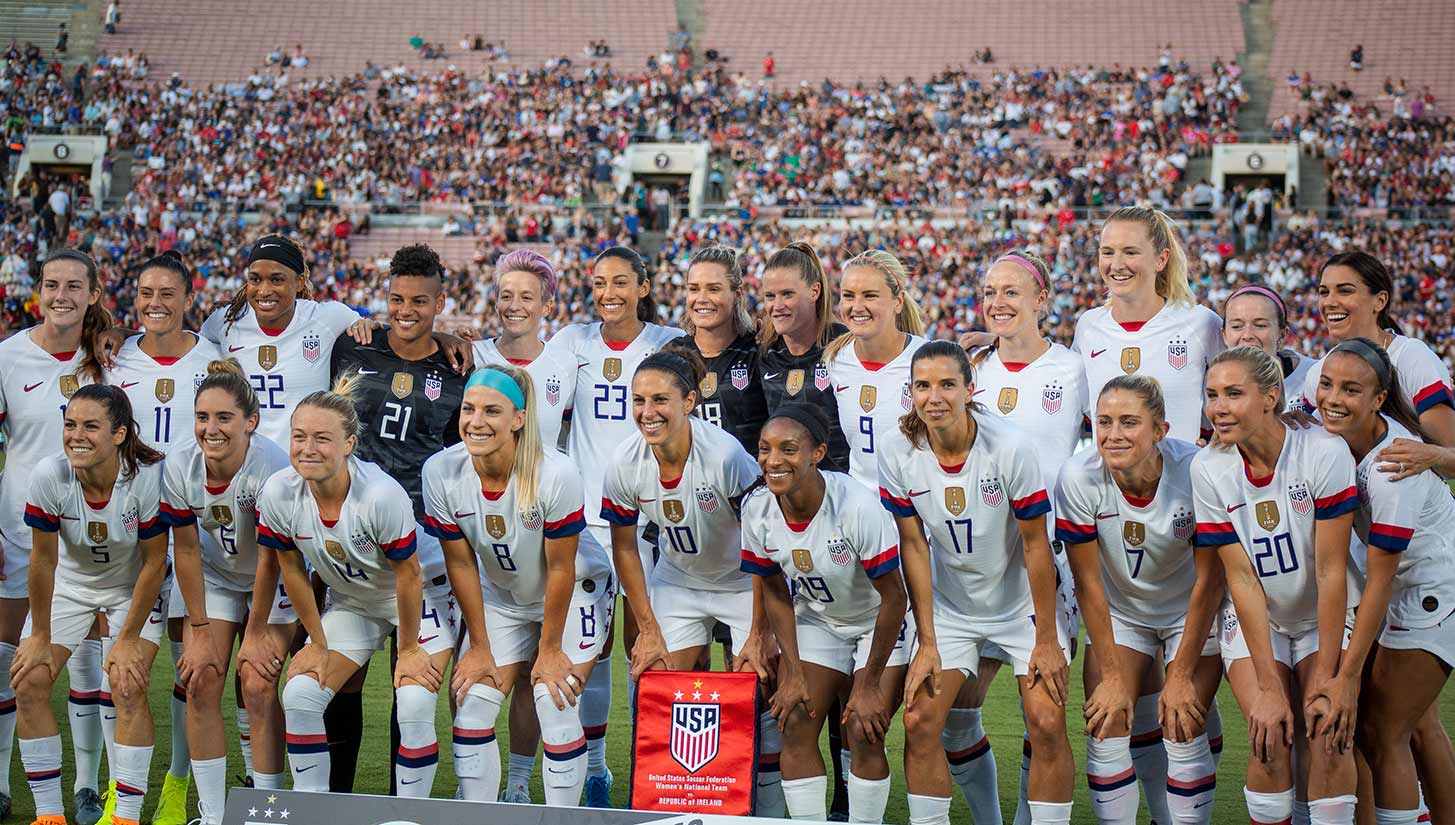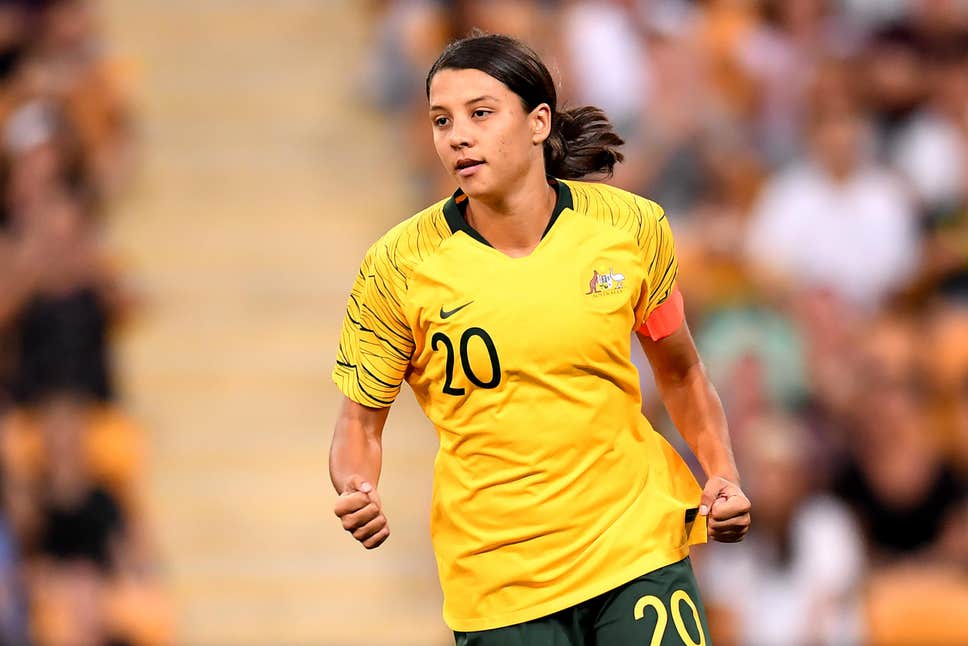Talks of a USL women’s league have gained momentum, and while it may seem like a good idea on paper, adding another first division league may do more harm than good.
Last month, reports emerged stating that the USL is looking to launch a women’s soccer league in 2021. The league, which will seek top flight status from the United States Soccer Federation, will obviously rival the NWSL. While on the surface it seems like a good move for the overall growth of the women’s game (more competition!), it would actually be a net negative for the growth of women’s soccer in the U.S.
It couldn’t come at a worse time, as the center of the women’s soccer world has been rapidly shifting to Europe. Does that mean the USWNT will no longer be the most kick ass, dominant group of women on Earth anytime soon? Probably not, but hear me out.

For starters, having two first division leagues would be more or less unsustainable in any country, much less the U.S. The NASL failed in its quest to usurp MLS’ nationwide supremacy, and we can presume the same would happen if the USL were to challenge the NWSL.
Founded in 2012, the NWSL enjoys a tenuous existence at best. Still in its formative years, the league has dealt with several teams moving and folding, and players have often had to pick up other jobs to earn a livable wage.
But this offseason feels different than the preceding ones in that it offers hope. For the first time, the post-Women’s World Cup bump the NWSL experiences every four years is seeming to stick. Overall attendance has increased, new sponsorship and media deals are pouring in, and the minimum salary went up more than 20 percent. The NSWL appears to have turned a corner, so why would the USL create a league to rival it when it is beginning to form some semblance of stability?

Nine clubs participated in the 2019 NWSL season. The MLS owns four of them, the USL owns one, and the remaining are independent. USL Championship affiliate Louisville City is set to join the league in 2021. With those teams serving as building blocks and potentially more on the way from both MLS and USL clubs, it’s nonsensical to create another league.
The NWSL is the first women’s professional league in the U.S. to have at least nine teams, and the first to last more than three seasons. Those are both promising and embarrassing statistics at the same time. Let’s give the NWSL a chance to cook without cannibalizing it. After all, it’s basically a joint business venture between MLS, the USL, and the independent clubs at this point.
In addition to contending with a fragile infrastructure, the NWSL could soon find itself hemorrhaging top players to other women’s professional leagues abroad. Even USWNT stars such as Alex Morgan and Crystal Dunn have tested the waters just to see if the grass is greener on the other side of the pond. So why does the USL think their league wouldn’t ultimately suffer the same fate even if it is allocated USWNT players by the U.S. Soccer Federation? Wouldn’t it be better to band together with the NWSL in that case?

Australian international Sam Kerr, one of the most prolific players in the game, bolted from NWSL side Chicago Red Stars to English club Chelsea over the summer. Yes that’s right, the all-time leading goal scorer in NWSL history dipped for a better paycheck.
But it’s not just a better paycheck. She’ll be playing for a more historic club, in a more raucous atmosphere, and in more prestigious competitions. Kerr leaving could be just the beginning of a mass exodus of the NWSL’s top players.
Last year there were several attendance records set in Europe for a women’s club match, as Juventus hosted Fiorentina in front of almost 40,000 spectators in Italy and Atletico Madrid hosted Barcelona in front of almost 61,000 in Spain. Last month the England women’s team played a friendly in front of almost 78,000 at Wembley Stadium. And this year UEFA announced the Women’s Champions League will have a 16-team group stage for the first time ever. Good luck competing with that.
Given both MLS and the USL have been trying for years to put U.S. men’s soccer on the map and they can’t even get their foot in the door (that’s whole other conversation), it’s unconscionable the same entities would then turn around and botch the opportunity to have one of the premier women’s soccer leagues in the world. The NWSL will always face external threats out of the league’s control, but there shouldn’t be internal threats to contend with as well. The USL seems to have ambitious plans for the women’s game, including the development of academies. They should work with MLS and other independent clubs instead of letting greed get in the way of the NWSL 2.0, because it can only get better from here.








